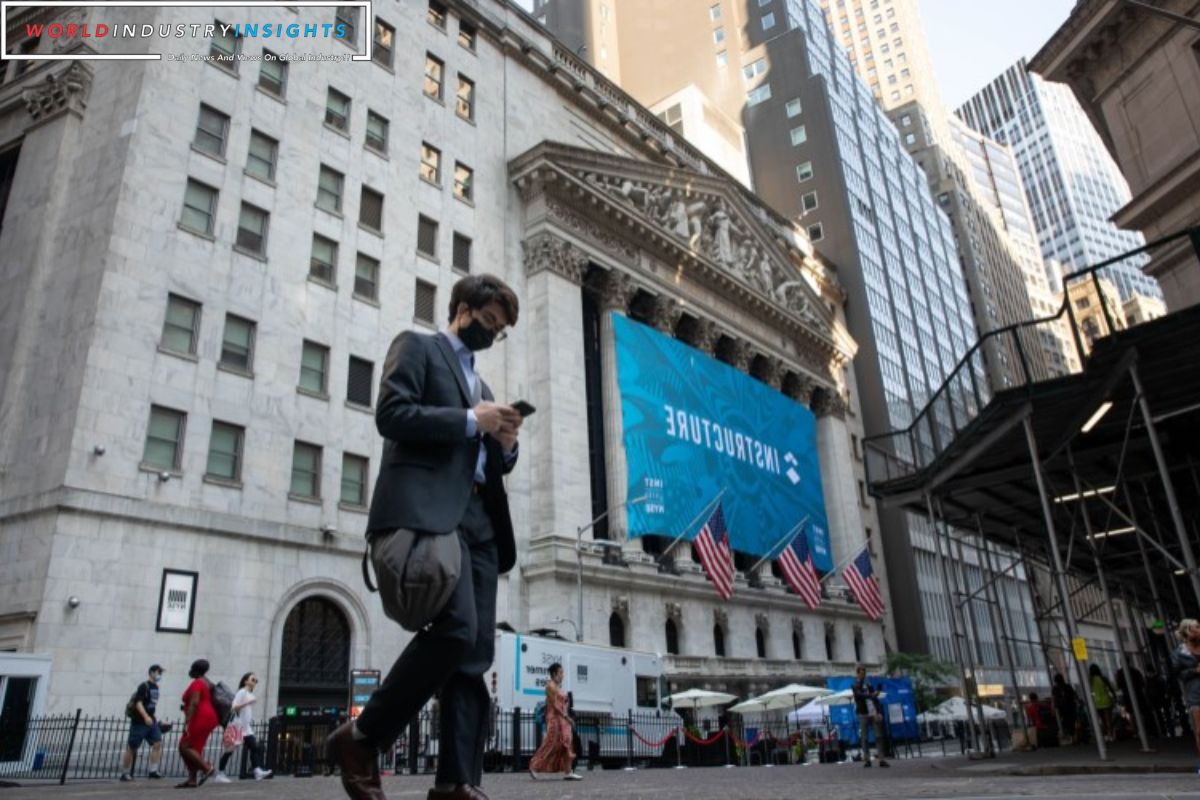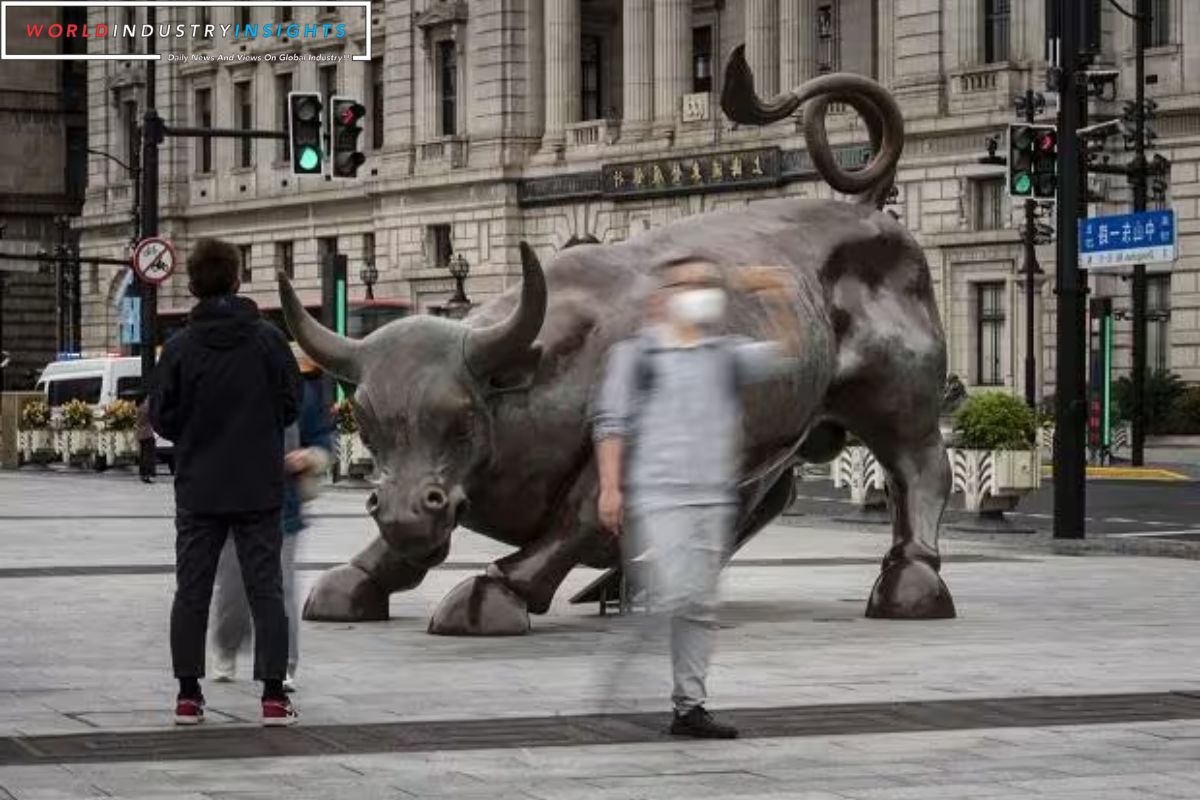Wall Street Cheers as Dow Hits: U.S. stocks wrapped up Thursday on a positive note, with the Dow Jones Industrial Average securing its second consecutive record-high close, fueled by optimism surrounding anticipated decreases in borrowing rates next year following the Federal Reserve’s dovish pivot. Apple (AAPL.O) reached an intra-day record peak before relinquishing some gains to close up 0.08%.
Tesla (TSLA.O) experienced a 4.9% surge, witnessing about $40 billion in transactions. Its turnover surpassed that of Nvidia (NVDA.O), the second most traded company, which gained 0.5%. Even sectors that struggled this year showed improvement, with six out of the 11 S&P 500 sector indexes closing higher. Energy (.SPNY) led the way, rising 2.94%, followed by a 2.62% gain in real estate (.SPLRCR). The S&P 500 (.SPX) rose by 0.26%, concluding at 4,719.55 points, staying within 2% of its record high close in January 2022.
The Nasdaq Composite Index (.IXIC) experienced a 0.19% gain, reaching 14,761.56 points, while the Dow Jones Industrial Average (.DJI) increased by 0.43% to 37,248.35 points. Trading volume on U.S. exchanges was notably high, with 17.1 billion shares traded, exceeding the average of 11.1 billion shares over the previous 20 sessions.
The PHLX semiconductor index (.SOX) soared 2.7%, achieving a record high, and the Russell Index (.RUT) of smaller companies also jumped around 2.7%. The Federal Reserve kept interest rates unchanged on Wednesday, as expected, and Chair Jerome Powell signaled that the historic tightening of monetary policy might be over.
Also Read: 2024 Forecast Frenzy: Wall Street Divided on Recession Prospects
This shift came as inflation decreases faster than expected, and discussions about potential cuts in borrowing costs come “into view.” Investors closely monitored 10-year Treasury yields, which dipped below 4% for the first time since early August in response to the Fed’s statement, ultimately settling at 3.94%.
Quincy Krosby, chief global strategist at LPL Financial in Charlotte, North Carolina, remarked, “The market, by any measure and any metric, is overbought and has been overbought, and a consolidation or a pause has been expected, especially after yesterday’s surge.”
“While the market celebrates lower rates, it can question why yields are below 4%,” she added, highlighting the ongoing considerations about the economic outlook. Adobe (ADBE.O) experienced a 6.35% decline after the software giant projected annual and quarterly revenue below estimates.
Unexpectedly, U.S. retail sales rose in November, signaling a robust start to the holiday shopping season and easing fears of an impending recession, according to the Commerce Department’s Thursday report. Advancing issues outnumbered falling ones within the S&P 500 (.AD.SPX) by a 1.9-to-one ratio. The S&P 500 saw 96 new highs and no new lows, while the Nasdaq recorded 259 new highs and 64 new lows.
Our Reader’s Queries
What was the highest the Dow hit?
On Friday, July 8, 1932, the stock market hit both an all-time high and an all-time low. The closing record was 37,656.52, while the intraday record reached 37,683.70. These records serve as a reminder of the volatility of the stock market and the importance of careful investing.
Why is stock market falling?
The Bank Nifty started off on a negative note today, opening with a gapdown and hitting a low of 46,919 levels. This marks a significant loss of over 950 points in just two consecutive days. Market analysts attribute this downward trend to the growing concerns over the new Covid-19 variant and the recent surge in cases in India. The news has sparked panic selling among investors, leading to the current situation.
What does Dow stand for on Wall Street?
The Dow Jones Industrial Average, commonly referred to as the Dow, is a tool used to gauge the general direction of the stock market. It tracks the prices of 30 highly traded stocks. A rise in the Dow is seen as a positive sign, indicating a bullish market and typically resulting in favorable outcomes for most stocks.
Is Dow Jones Wall Street?
In 2010, the CME Group acquired the Dow Jones Indexes subsidiary, leading the company to shift its focus towards financial news publications. The Wall Street Journal became the company’s flagship publication, while financial companies were provided with news and information tools.


